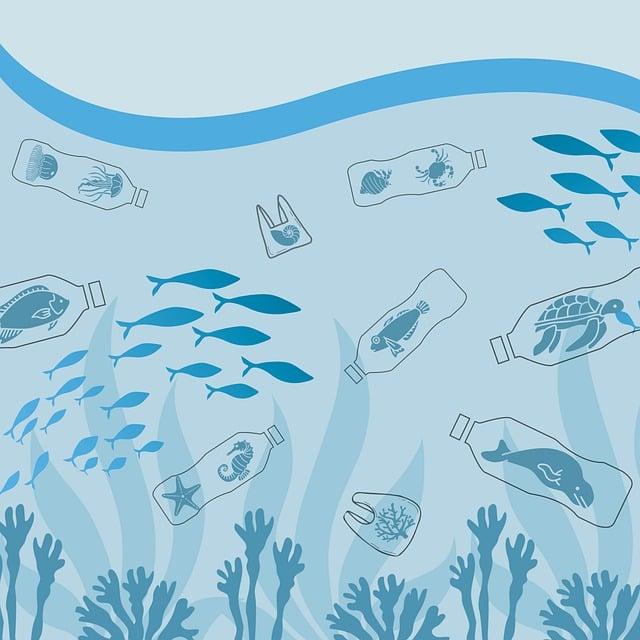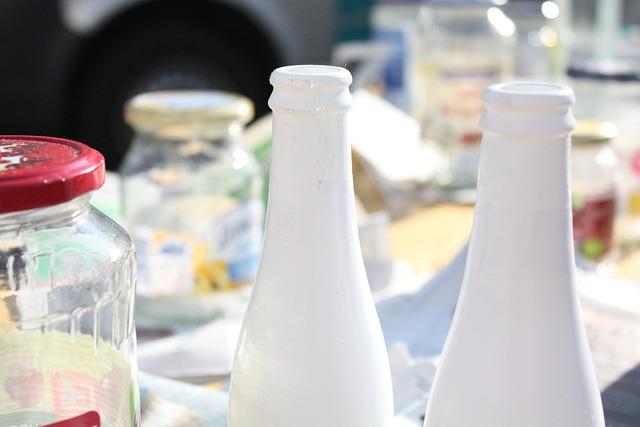- Introduction
- Why is Textile Reuse Important?
- Types of Textile Reuse Initiatives
- Challenges in Textile Reuse
- How Consumers Can Contribute to Textile Reuse
- Conclusion
- FAQs
- References
Introduction
Textile reuse initiatives are becoming more prevalent as environmental concerns over pollution and waste continue to rise. These initiatives aim to reduce the negative effects of fabric waste by finding innovative ways to repurpose, recycle, or upcycle textiles into new products. In this article, we will explore why textile reuse is essential, the types of reuse initiatives emerging around the world, the challenges they face, how consumers can personally contribute, and the overall impact on our environment.
This growing movement not only benefits the planet but also offers a range of economic and social incentives. Brands are increasingly adopting these practices, and consumers can make significant contributions to the sustainability of the fashion and textile industries.
Why is Textile Reuse Important?

(Image: Pixabay/@RosZie)
One of the primary drivers behind textile reuse is the alarming amount of waste generated by the fashion and textile industries. According to reports, millions of tons of textiles are discarded each year globally. Textiles take decades or even longer to decompose in landfills, releasing harmful chemicals into the soil and air during this process.
Another important reason for promoting textile reuse is its potential to conserve resources. All fabrics require water, energy, and raw materials—such as cotton, linen, and synthetic fibers—to create. By reusing textiles, the demand for virgin materials is reduced, significantly lowering the environmental footprint associated with new production.
Moreover, textile reuse creates opportunities for job creation and economic growth. With the rise of circular economies, new businesses dedicated to collecting, processing, and reselling textiles offer a variety of employment possibilities, thus fostering sustainable communities and encouraging innovation.
Types of Textile Reuse Initiatives

(Image: Pixabay/@citypraiser)
There are several different approaches to textile reuse initiatives, and these have grown in scope and creativity as awareness of the issue has increased. Below are some of the most notable examples:
1. Upcycling and Repurposing
Upcycling refers to the process of creatively repurposing textiles to create new, higher-value products. This can involve turning old t-shirts into tote bags or crafting quilts out of fabric scraps. Many small businesses and independent designers now rely on upcycling as a core part of their sustainable business model. Additionally, major brands are leveraging upcycling to attract eco-conscious consumers.
2. Clothing Donation Programs
Donation programs remain one of the most popular forms of textile reuse. Charities and thrift stores often accept gently-worn clothing for resale, while organizations like Goodwill collect unwanted clothing items to help fund community services. Donation programs provide accessible clothing to low-income families and reduce the volume of textiles sent to landfills.
3. Textile Recycling Facilities
When clothing is too worn or damaged to be resold, textile recycling facilities come into play. These facilities break down textile fibers to create new materials that can be used in industrial applications or even turned back into new garments. Not all fabrics can be recycled, but advances in technology continue to improve the efficiency and accessibility of textile recycling programs.
Challenges in Textile Reuse

(Image: Pixabay/@geralt)
While textile reuse provides measurable environmental and economic benefits, there are still significant challenges to widespread implementation. One ongoing challenge is the lack of proper infrastructure to separate and process textiles effectively. As many garments are made from blended fabrics (e.g., cotton-polyester blends), the separation required for recycling is time-consuming and expensive. Hence, the industry needs innovations to simplify and scale textile reuse processes.
An additional roadblock is consumer behavior. Many people are still unaware of the negative environmental impact of fast fashion or aren’t familiar with their local textile reuse options. Education and advocacy are needed to encourage more consumers to donate their clothes, engage in thrift shopping, or support upcycling brands.
Finally, maintaining quality control in reused textiles is a concern for some businesses, especially when it comes to creating products built to last. Often, reused fabrics do not meet the same durability standards as virgin materials, which can limit their use in certain products. Continued investment in research and development is essential for overcoming this obstacle.
How Consumers Can Contribute to Textile Reuse

(Image: Pixabay/@geralt)
Consumers play a crucial role in the success of textile reuse initiatives. Simple changes in consumer habits can make a considerable difference in reducing textile waste and supporting sustainable practices.
First, purchasing second-hand clothing is a fantastic way to lower demand for new textiles. Thrift stores, online second-hand marketplaces, and vintage shops have become increasingly popular in recent years. Buying second-hand slows down the fast fashion cycle and promotes a circular economy.
Consumers can also engage in DIY projects to take their own clothes and textiles to a new life. Old clothing can be transformed into new items with the help of online tutorials, from headbands to pillow covers. This form of personalization taps into creative spirit and adds value to previously unwanted textiles.
Lastly, supporting brands that prioritize textile reuse or use sustainably sourced materials is another consumer-driven effort that adds pressure on larger companies to adopt more responsible practices.
Conclusion
The textile industry’s current levels of waste are unsustainable, but textile reuse initiatives present a powerful solution to the growing problem. From campaigns encouraging people to donate or upcycle garments to innovative technologies that recycle fabric fibers, efforts at every level are working toward an eco-friendlier future for fashion and textiles.
Consumers, businesses, and governments must collaborate to overcome challenges like poor infrastructure and unawareness, but the positive impact of textile reuse is clear. Reducing waste, conserving resources, and promoting sustainable jobs are benefits that underscore the importance of taking part in these global efforts.
FAQs
What types of fabrics can be reused?
Most natural fabrics like cotton, wool, and linen can be reused through upcycling or recycling processes. Synthetic fabrics like polyester may pose a challenge for recycling, but the technology is improving for handling such materials.
How can I get involved in textile reuse?
You can start by donating clothes you no longer need, purchasing second-hand items, or trying your hand at DIY upcycling projects. Look for local textile recycling programs or support companies that prioritize sustainable and ethical fabric sourcing.
Are all used textiles recyclable?
No, not all textiles can be recycled due to fabric composition or the addition of chemicals during production. However, many textiles can still be reused or repurposed in other ways if they are kept out of landfills.

